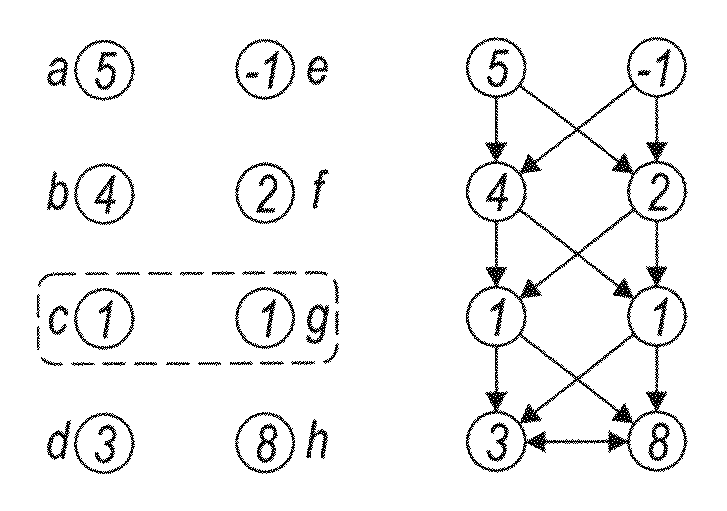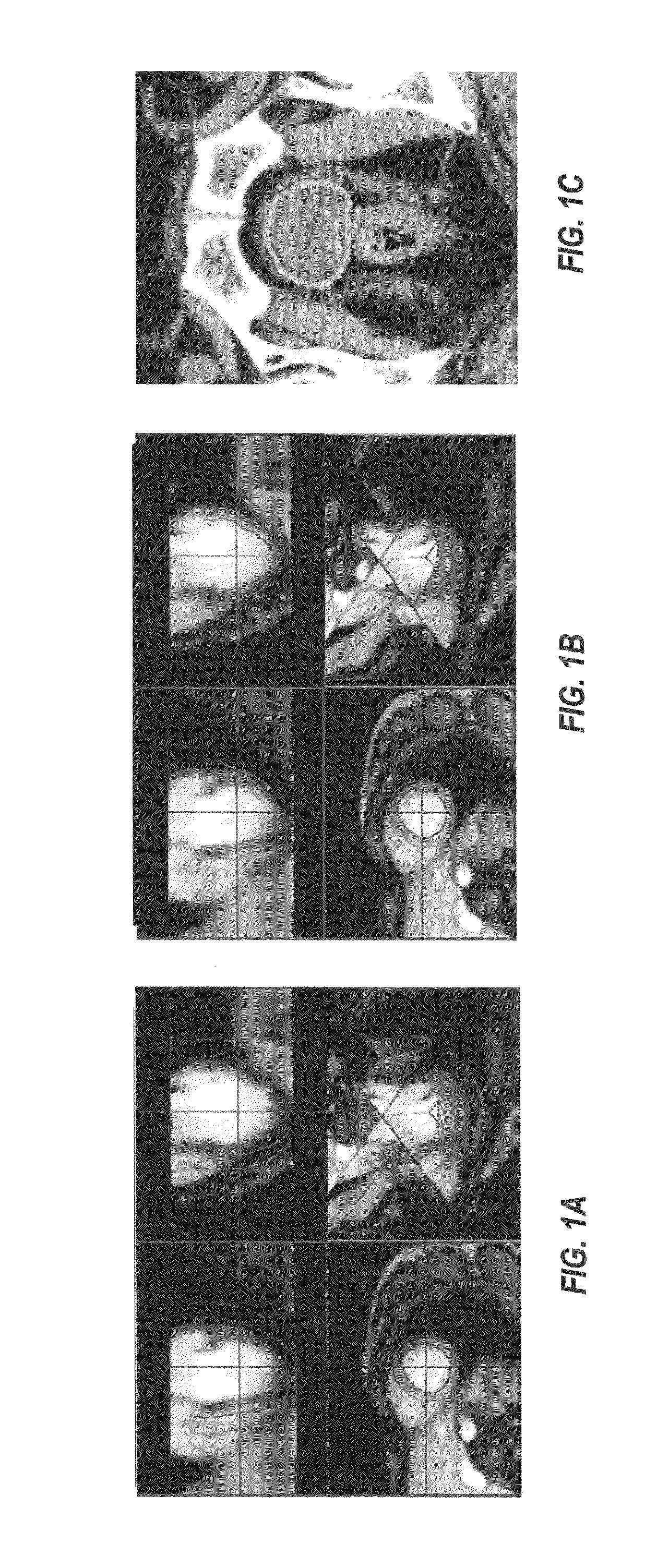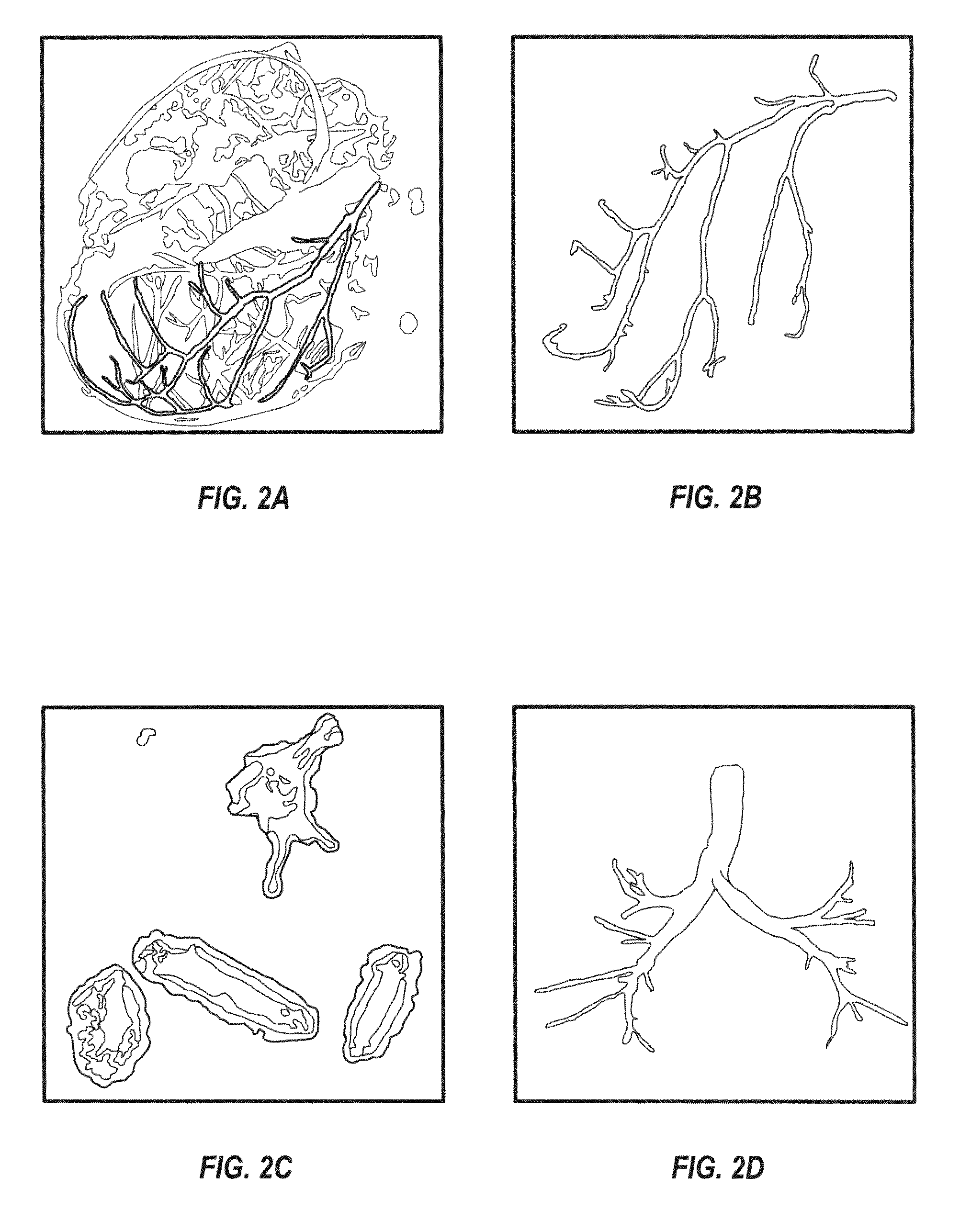System and methods for multi-object multi-surface segmentation
a multi-object, multi-surface technology, applied in the field of medical industry, can solve the problems of requiring excessive user interaction, limited usefulness of these tools, and difficult to achieve the effect of positiv
- Summary
- Abstract
- Description
- Claims
- Application Information
AI Technical Summary
Benefits of technology
Problems solved by technology
Method used
Image
Examples
Embodiment Construction
[0185]The present invention is directed to a number of imaging applications. Application examples include segmentation of single surfaces, e.g., segmentation of the diaphragm from volumetric CT images, or a 4-D extension of identifying diaphragm motion over time; segmentation of vessel wall layers in 3-D image data, e.g., from intravascular ultrasound or magnetic resonance and its 4-D extension of detecting the vessel wall surfaces over an entire cardiac cycle; segmentation of airway walls in individual airway tree segments from volumetric CT images, its topology-changing extension to identify surfaces of complete trees; tracking of such surfaces over time during the breathing cycle or—for vascular trees—over the cardiac cycle; segmentation of liver or kidney surfaces, tumor surfaces, as well as surfaces of bones, joints, or associated cartilages; surfaces separating cerebro-spinal fluid, gray matter and white matter in the brain, or possibly surfaces of deep anatomical structures i...
PUM
 Login to View More
Login to View More Abstract
Description
Claims
Application Information
 Login to View More
Login to View More - R&D
- Intellectual Property
- Life Sciences
- Materials
- Tech Scout
- Unparalleled Data Quality
- Higher Quality Content
- 60% Fewer Hallucinations
Browse by: Latest US Patents, China's latest patents, Technical Efficacy Thesaurus, Application Domain, Technology Topic, Popular Technical Reports.
© 2025 PatSnap. All rights reserved.Legal|Privacy policy|Modern Slavery Act Transparency Statement|Sitemap|About US| Contact US: help@patsnap.com



